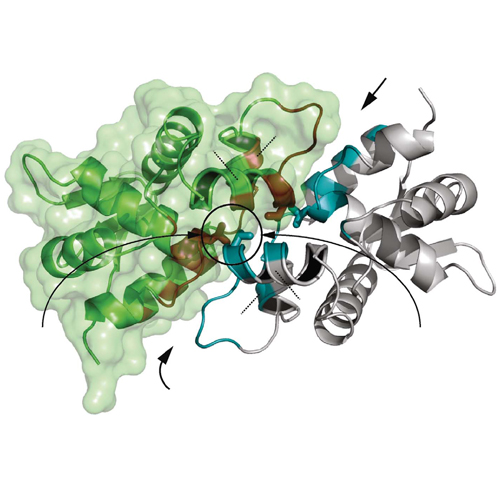Dimerization of Sir3 via its C-terminal winged helix domain is essential for yeast heterochromatin formation
08-Jan-2013
The EMBO Journal, 2013, doi:10.1038/emboj.2012.343, 32, 437 - 449 published on 08.01.2013
The EMBO Journal, online article
The EMBO Journal, online article
Gene silencing in budding yeast relies on the binding of the Silent Information Regulator (Sir) complex to chromatin, which is mediated by extensive interactions between the Sir proteins and nucleosomes. Sir3, a divergent member of the AAA+ ATPase-like family, contacts both the histone H4 tail and the nucleosome core. Here, we present the structure and function of the conserved C-terminal domain of Sir3, comprising 138 amino acids. This module adopts a variant winged helix-turn-helix (wH) architecture that exists as a stable homodimer in solution. Mutagenesis shows that the self-association mediated by this domain is essential for holo-Sir3 dimerization. Its loss impairs Sir3 loading onto nucleosomes in vitro and eliminates silencing at telomeres and HM loci in vivo. Replacing the Sir3 wH domain with an unrelated bacterial dimerization motif restores both HM and telomeric repression in sir3Δ cells. In contrast, related wH domains of archaeal and human members of the Orc1/Sir3 family are monomeric and have DNA binding activity. We speculate that a dimerization function for the wH evolved with Sir3’s ability to facilitate heterochromatin formation.











